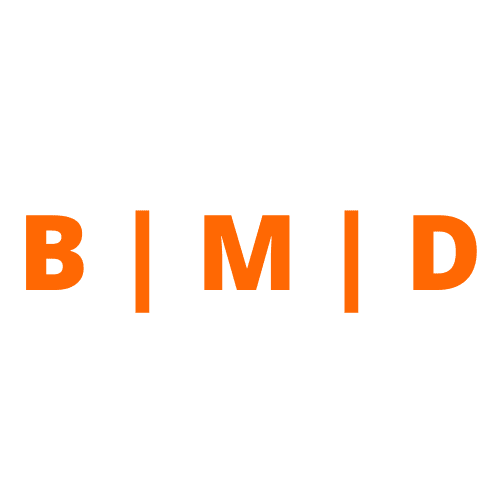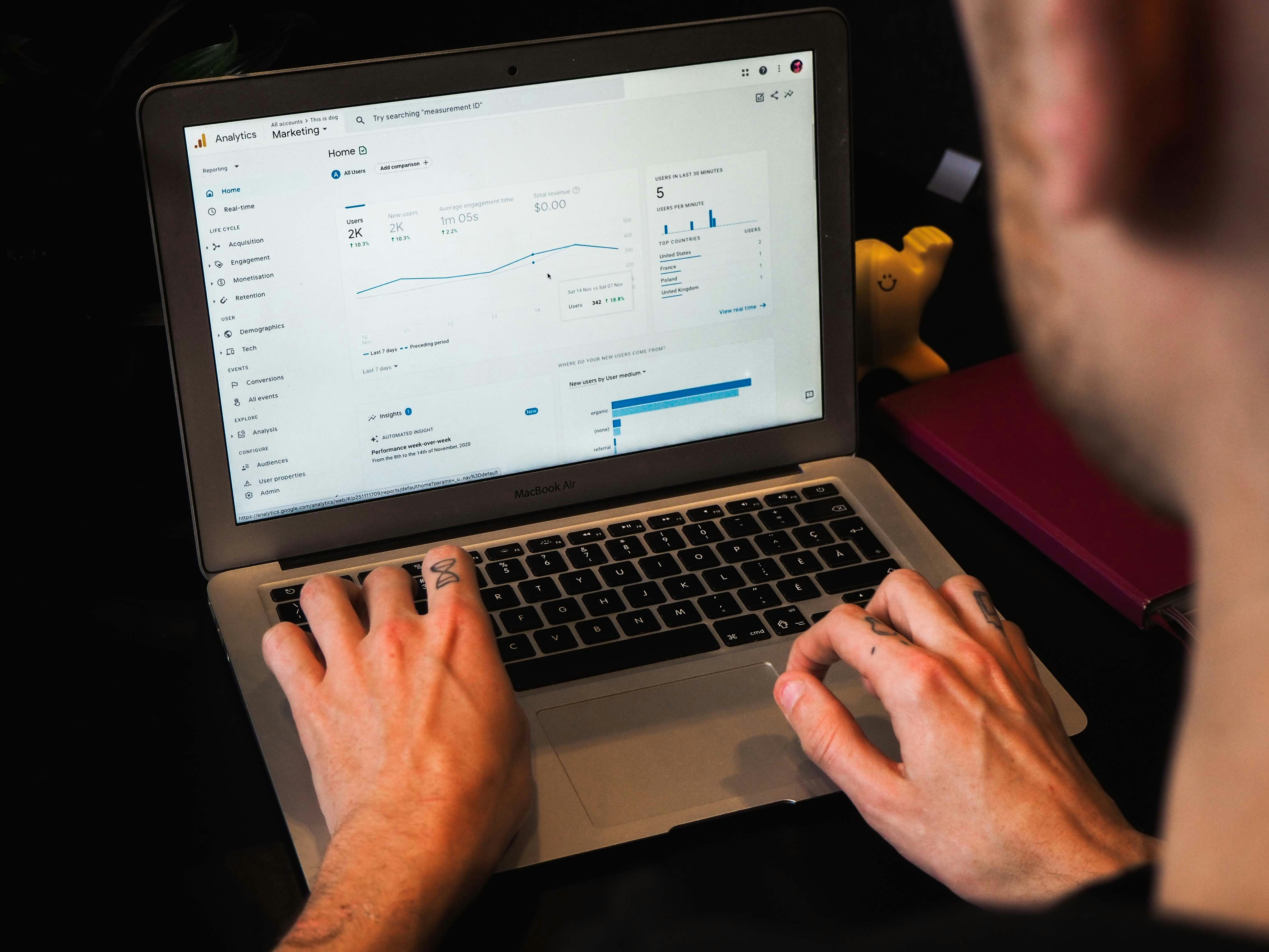Boost Your Brand: Effective Strategies for Social Media in Small Businesses
Why should small business owners invest in social media, and what’s the real impact? If you’re looking to cut through the noise and understand the actionable steps to success, you’re in the right place. We’ll dive into why social media works for small business, is not just crucial but transformative, and how you can harness its power regardless of your budget. Expect to gain insights into crafting a robust presence that aligns with your business goals without wasting time or money.
Key Takeaways
Social media offers cost-effective marketing, increased customer engagement, and enhanced brand recognition. It allows direct communication with audiences and efficient use of limited marketing budgets.
A successful strategy involves setting SMART goals, understanding and targeting specific audience segments, and choosing the right social media platform to align with business objectives and effectively reach the target audience.
Creating diverse and engaging content through storytelling and user-generated content, along with using social media tools for content creation, scheduling, and analytics, can significantly improve social media performance and customer interaction.
The Power of Social Media

Imagine your ideal customers are just a click away, ready to engage with your brand and potentially become loyal advocates. This is the potential of social media. Leveraged effectively, it can widen your market, foster connections with your audience, and boost your brand visibility.
Cost-effective marketing
Harnessing the power of organic social media marketing can expand your online presence and reach at no cost. However, to make your brand stand out from the crowd, investing in targeted social media advertising can be a game-changer. This form of advertising allows you to pinpoint your marketing efforts and showcase your brand directly to users most likely to be interested in your offer. You can create highly relevant campaigns that resonate with your audience by carefully crafting your ads and selecting the appropriate demographics, interests, and behaviors.
It allows you to direct your campaigns at specific audience segments within your limited marketing budgets, resulting in a highly efficient brand awareness strategy. This targeted approach maximizes the impact of every dollar spent and ensures that your message is delivered to those who will find it most compelling. In turn, this can lead to improved engagement rates, increased brand loyalty, and higher conversion rates, making social media advertising an invaluable tool for small businesses looking to create a significant impact online.
Increased customer engagement
Social media provides a unique opportunity for small businesses, often hailed as the economy’s lifeblood, to engage in direct communication with existing and prospective customers. This interaction strengthens customer loyalty and expands brand visibility by sharing content. This direct connection can be invaluable for small business owners in building strong relationships with their clientele and enhancing their presence. They can ensure their strategies remain relevant and effective by staying updated with social media trends.
User-generated content acts as a form of peer recommendation, amplifying the reach of your brand’s content and convincingly converting potential consumers into customers. This powerful form of content marketing taps into your customers’ authentic experiences and voices, showcasing their satisfaction and trust in your brand. They inadvertently become brand ambassadors as they share their positive interactions and personal stories on their own social channels. Their endorsements, whether through reviews, comments, photos, or videos, resonate with their personal networks and carry significant weight, as they are seen as more trustworthy than traditional advertising. By encouraging and sharing user-generated content, you broaden your brand’s reach and build a community of loyal customers who feel valued and heard.
Enhanced brand recognition
Consistent sharing of engaging content places your brand at the forefront of your audience’s minds, significantly helping to build brand awareness and credibility. This regular activity keeps your brand relevant and fosters a sense of community among your followers. By providing valuable and exciting content, you encourage users to interact with your brand, share your posts, and recommend your products or services to others.
Additionally, nurturing connections with customers is critical for long-term success and gaining free exposure. Establishing a dialogue through comments, messages, and social media stories can transform customers into brand advocates. Engaged customers are more likely to share their positive experiences with their own networks, effectively extending your reach without additional advertising costs. In this way, every interaction on social media can contribute to a larger web of brand recognition, making each post and each conversation an integral part of your marketing strategy.
Building an Effective Social Media Marketing Strategy

Understanding the importance of a solid social media marketing strategy is akin to recognizing the value of a roadmap when embarking on a journey toward your business goals. It’s not just about defining clear objectives; it’s about grasping the significance of having a well-thought-out plan that orchestrates your marketing efforts, aligns with your brand values, and responds to the ever-changing digital landscape. A strategy serves as a guiding star, ensuring that every post, every interaction, and every campaign is a step in the right direction, ultimately leading to the growth and success of your business in the digital arena.
Define your goals
Setting SMART (Specific, Measurable, Achievable, Relevant, and Time-bound) goals is the first step in developing a successful social media strategy. Whether increasing your follower count, improving engagement rates, or enhancing customer retention, specific goals guide your social media efforts and shape your content strategy effectively.
Research your audience
Understanding your audience is a crucial step in formulating your strategy. Audience intelligence tools offer valuable insights into your audience’s demographics, preferences, and online behaviors. This will enable you to tailor your content and discover strategic advantages.
Choose the right platforms
Choosing the right social media platforms is key to ensuring your brand’s message reaches your target audience. This involves understanding where your audience spends most of their time and which platforms align with your business goals.
Each social platform offers unique features that can enhance your brand’s presence and engagement on social media platforms.
Creating Engaging Content for Your Audience

Content is the heartbeat of your. Creating content that strikes a chord with your audience is vital to capturing their interest and encouraging engagement with your brand. The key to this lies in diversifying your content types, embracing storytelling, and leveraging user-generated content.
Diversify content types
A diversified content strategy ensures you cater to the varying preferences of your audience, keeping them engaged and interested. Whether it’s videos, live streaming, images, or polls, mixing up your content types can significantly enhance your audience’s experience and engagement.
Embrace storytelling
Storytelling is a powerful tool that allows your brand to:
Connect on a deeper level with your audience
Evoke emotions
Highlight your unique selling propositions
Create memorable content that resonates with your audience
Lead to increased loyalty and engagement
Utilize user-generated content
Leveraging user-generated content such as images, videos, and testimonials can considerably enhance your brand’s authenticity and foster engagement. It serves as an updated form of word-of-mouth endorsement, amplifying your brand’s credibility among potential customers.
Monitoring and Analyzing Social Media Performance

Continual monitoring of your social media performance is vital for the ongoing refinement of your strategy. This involves tracking key performance indicators, analyzing data, and making necessary adjustments to your strategy.
Key performance indicators (KPIs)
Key performance indicators (KPIs) are essential for measuring the success of your campaigns and fine-tuning your strategy. Metrics such as the engagement rate, which tracks interactions like likes, comments, and shares, and reach, which gauges the extent of your content’s visibility, are invaluable.
Conversion rates are also crucial, as they measure the frequency with which interactions lead to a desired outcome, such as a sale or a new subscription.
Monitoring the growth of your follower base can provide insights into your brand’s expanding influence. By analyzing these KPIs, along with others, such as click-through rates (CTR) and the volume of traffic that social media channels bring to your website, you can develop a richer understanding of how your audience engages with your content. This, in turn, can inform your content creation and posting schedule, ensuring they resonate more effectively with your audience’s interests.
Analyzing data
Data serves as the backbone of a successful social media strategy. Collecting and analyzing data from your social networks will provide valuable insights into customer engagement and the performance of your marketing campaigns. Regular monitoring of metrics can reveal patterns and opportunities, enabling you to adjust your strategies for better results.
Adjusting your strategy
Data-driven insights should inform your strategy, driving adjustments that align with your overall business objectives. Understanding audience preferences, their patterns, and content effectiveness can help you optimize your social media campaigns for more ideal outcomes.
Leveraging Social Media Tools

Optimizing your strategy requires the use of various social media marketing tools designed to make your tasks more manageable. These tools can aid in content creation, scheduling, and analytics, making your social media management much more efficient.
Content creation and design tools
You can create visually appealing content using tools like Canva and Visme without requiring professional design skills. These tools offer a plethora of templates, stock images, and videos that can significantly enhance your brand’s visual presence on social media.
Scheduling and management tools
Scheduling and management tools such as Hootsuite and Buffer can help streamline your content planning and performance tracking. These platforms offer unique features that can save you time and provide deeper insights into your social media performance.
Analytics tools
Analytics tools like Google Analytics and Sprout Social can provide valuable social media metrics and insights into your social media performance and return on investment (ROI). By utilizing social media analytics, these tools can track metrics such as website traffic, leads originating from social channels, and audience behavior, guiding your strategic decisions.
Summary
To summarize, social media has immense power for small businesses. The benefits are numerous, from cost-effective marketing and increased customer engagement to enhanced brand recognition. However, harnessing this power effectively requires a well-planned strategy, engaging content, continuous performance monitoring, and the use of appropriate tools. Go forth and conquer the social media landscape!
Frequently Asked Questions
How can social media help you grow?
Social media marketing helps increase brand awareness, build customer relationships, and complete online sales transactions directly on social platforms, making it a valuable tool for business growth.
What should I do if I don’t have time for social media?
Time constraints are a real issue for many entrepreneurs, but neglecting social media can mean missing out on valuable opportunities. If time is scarce, consider these actionable steps:
Prioritize: Identify the most relevant platforms for your business and focus your efforts there.
Schedule: Use social media management tools to schedule posts in advance.
Delegate: Assign social media tasks to a team member or hire a part-time social media manager.
Automate: Implement automation tools for consistent engagement with your audience.
Curate: Share existing content that is relevant to your audience, reducing the need for original content creation.
By integrating these approaches, you can maintain a social media presence that works within your time limitations while still reaping the benefits of this powerful marketing channel.
What social media platforms should I use?
Select social media platforms based on where their target audience is most active. Most social media platforms excel in a certain area. Facebook remains a popular choice with its extensive user base, making it an excellent platform for brand awareness, lead generation, and audience retargeting. However, for B2B-focused businesses, LinkedIn is the go-to for professional networking and targeted content. Brands aiming to captivate a younger demographic often turn to TikTok for its viral potential and high engagement rates. Meanwhile, travel and lifestyle brands might find a more visually engaged audience on platforms like Instagram and Pinterest, where imagery takes center stage.
How important is social media?
Social media is important for small businesses because it can increase sales, drive traffic to the website, and enhance brand recognition, ultimately impacting sales performance. Additionally, it helps businesses build credibility with their audience, establish expertise, and contribute to brand loyalty and customer recommendations.
What are the benefits of social media marketing for small businesses?
Social media marketing provides cost-effective ways to engage with customers and enhance brand recognition, allowing small businesses to reach a wider audience and build loyalty. Embrace the benefits of social media marketing to grow your small business!












